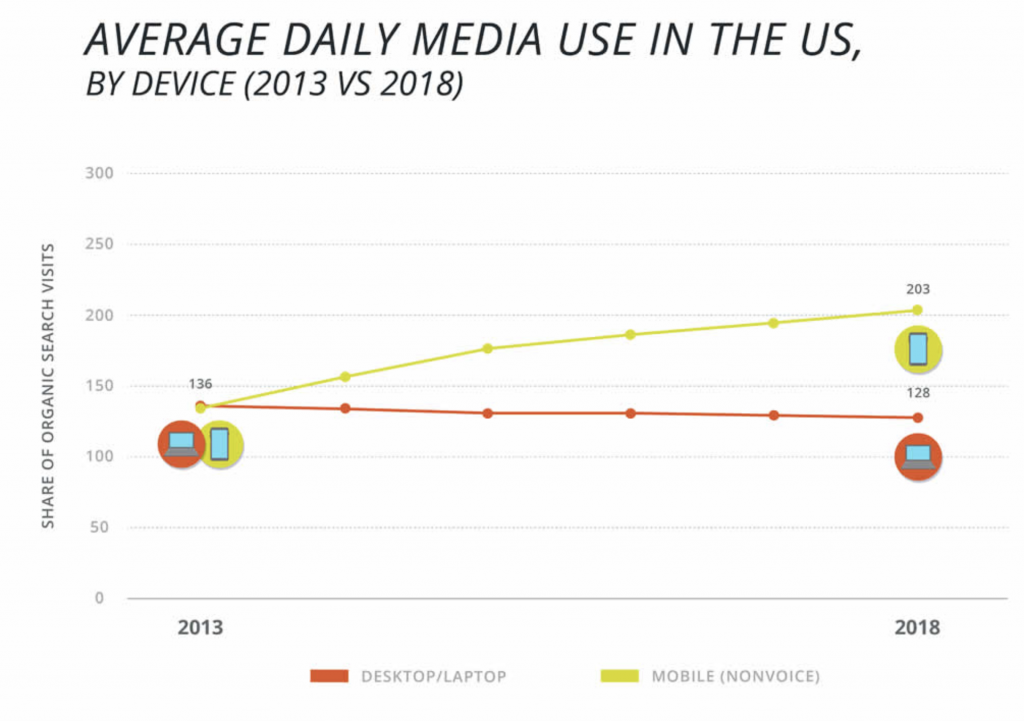
I recently did an activity for class doing a Google alert for the company Columbia Sportswear. What this did was use keywords that would be important to the brand and put in a search to see what the results on Google are. This is important, so companies can see what results they are getting from specific searches and manage what they have to. I also thought about the question Is it right or wrong for a business to try to hide negative information online? I will dig deeper into this question later in the post.
The goal of this experiment is to understand Online Reputation Management (ORM). Companies should be using ORM to see what is being said about them on the internet. Knowing if there is positive results or negative results about the brand is important and is the core of developing company management.
I chose Columbia Sportswear because I am familiar with the brand and have family that work for the company and their marketing department. I know they have built a strong and trusted reputation, but wanted to see if they got the search results they would be looking for. If Google searches resulted in positives for the company or negatives.
For my searches I looked up Columbia cold, because they are known for having heavy duty weather proof clothing. The results lined up perfectly with what I was looking for and brought me to their winter clothing options. Next I tried Columbia fishing, because that is another focus of the company. Again the results lined up with what Columbia would want consumers to see. It brought up Performance Fishing Gear which is the main fishing line under Columbia. Last I tried searching Columbia sale. This brought me to the main Columbia home page as the top result. The other results were sales on Columbia products at other stores such as Macy’s, Khols, and Zappos.
I think Columbia does a great job with their brand management because each search led me straight to their home page or the page with the exact equipment I was looking for. Because there is Columbia University, there was some expectation to get mixed results. However, Columbia Sportswear was all I got for the top Google search results which is exactly what the company wants.
Is it right or wrong for a business to try to hide negative information online?
In my opinion, it is wrong for businesses to try and hide negative information online. While companies clearly don’t want negative information about the company online. It is important to not hide it and stay transparent with the public. This will help keep trust with the consumers even if something goes wrong. There are many instances where companies try and cover up negative things they have done and they always end up getting out to the public and making the situation worse. In todays technological world it is very difficult to keep things secret, so it is better for a company to not hide things and stay transparent with everything they do.
Citations
“Chapter 11: Online Reputation Management (ORM) ” Digital Marketing Essentials, by Jeff Larson and Stuart Draper, Publishing by Edify, 2018.Scheff, Sue. “How Negative Publicity (Shaming) Can Impact Your Company and More.” HuffPost, HuffPost, 20 July 2017,
“Columbia Sportswear Expands Global Digital Marketing Footprint to Include 24 Localized E-Commerce Sites Spanning 12 Countries.” Columbia Sportswear Company, 12 Oct. 2011, https://investor.columbia.com/news-events/press-releases/detail/20/columbia-sportswear-expands-global-digital-marketing.




